Posted inAccommodation All Hokkaido
The Guide of Otaru in Hokkaido, including Hotel and Attractions
Otaru is known for its scenic beauty, historical sites, and warm hospitality. Whether you're planning a short getaway or a more extended vacation, it offers a wide range of attractions…

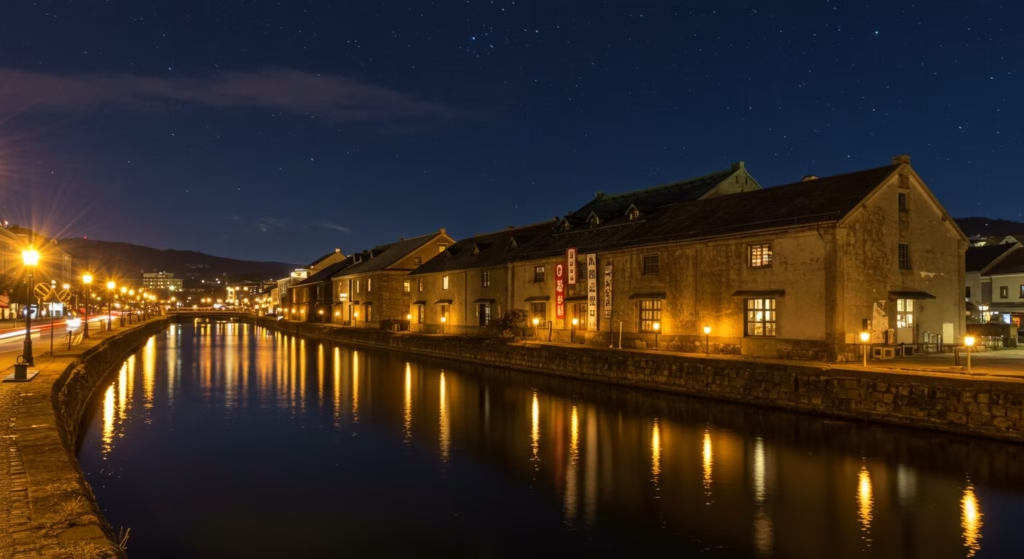
![[5 Hotels] The Best Hotel to Watch Cherry Blossom in Tokyo](https://japan-tourism-site.com/wp-content/uploads/2025/01/23549066_s.avif)
![[Spring] the best season to see cherry blossom in Japan](https://japan-tourism-site.com/wp-content/uploads/2025/01/image_fx_-1-1024x559.avif)
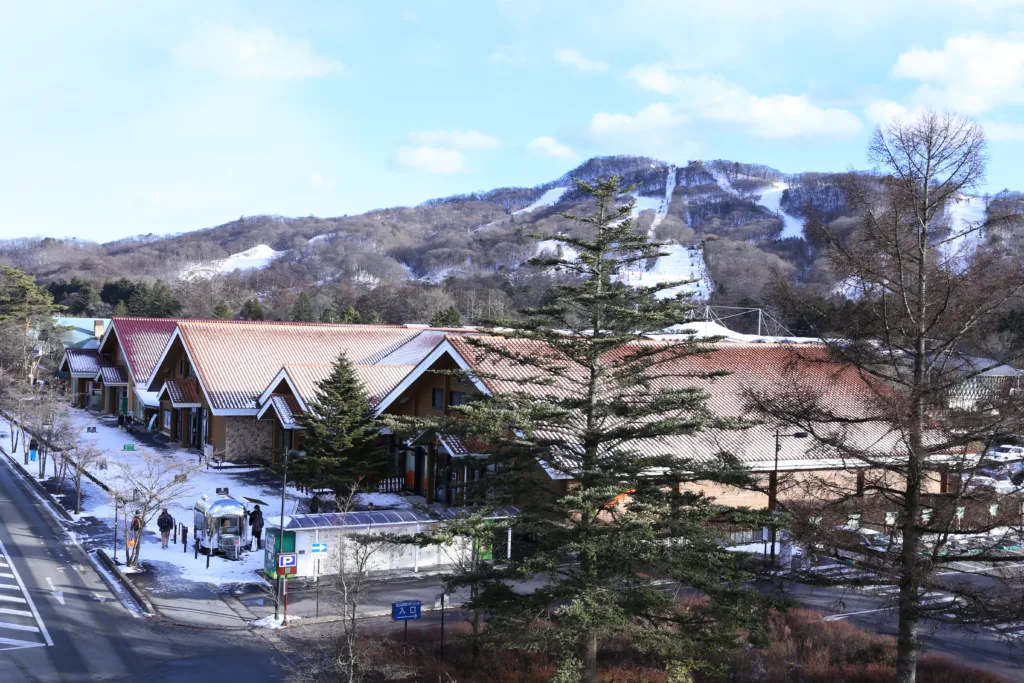
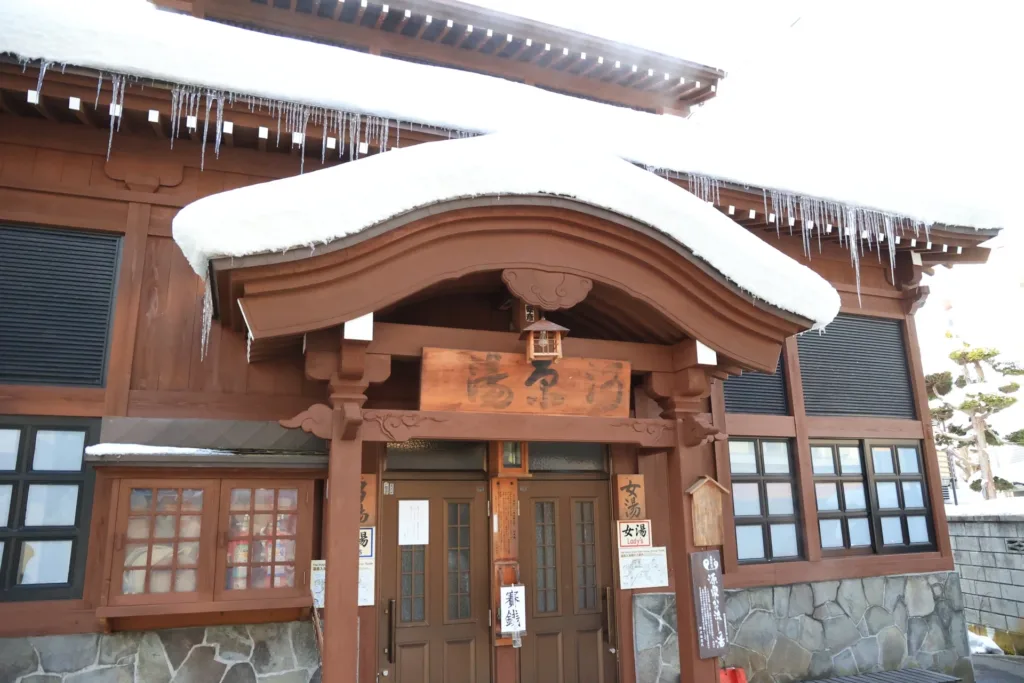
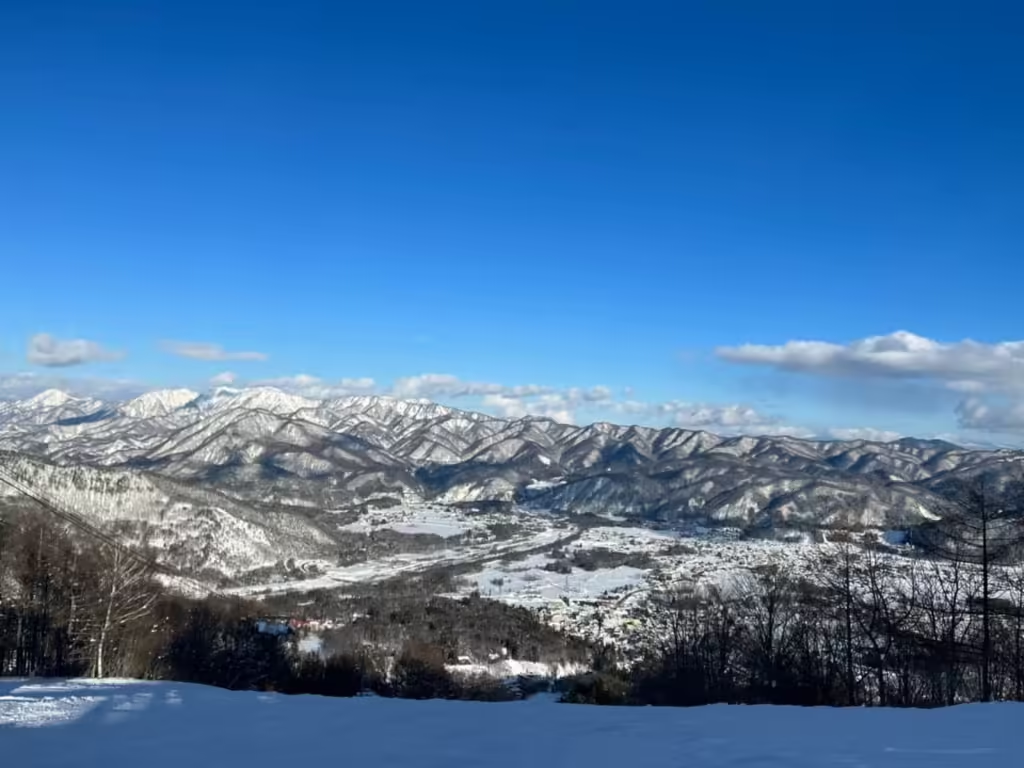
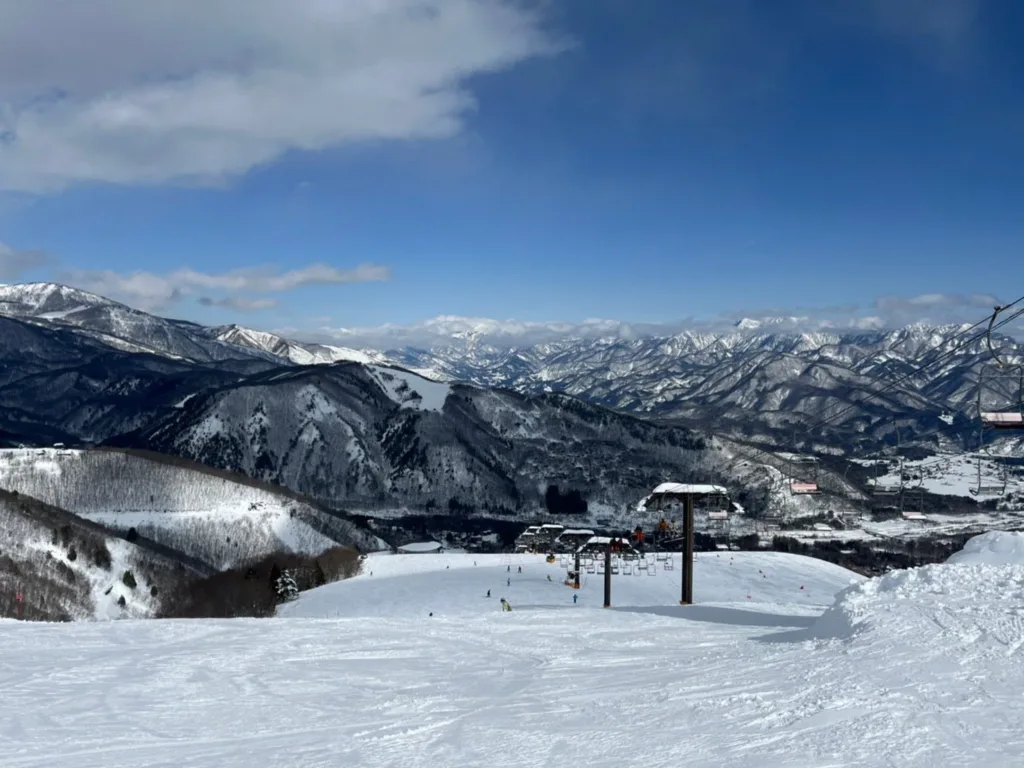

![[Classic!] Time travel to Old Edo in Kawagoe in Japan](https://japan-tourism-site.com/wp-content/uploads/2024/09/big_webp-photo0000-7475-1024x682.webp)
